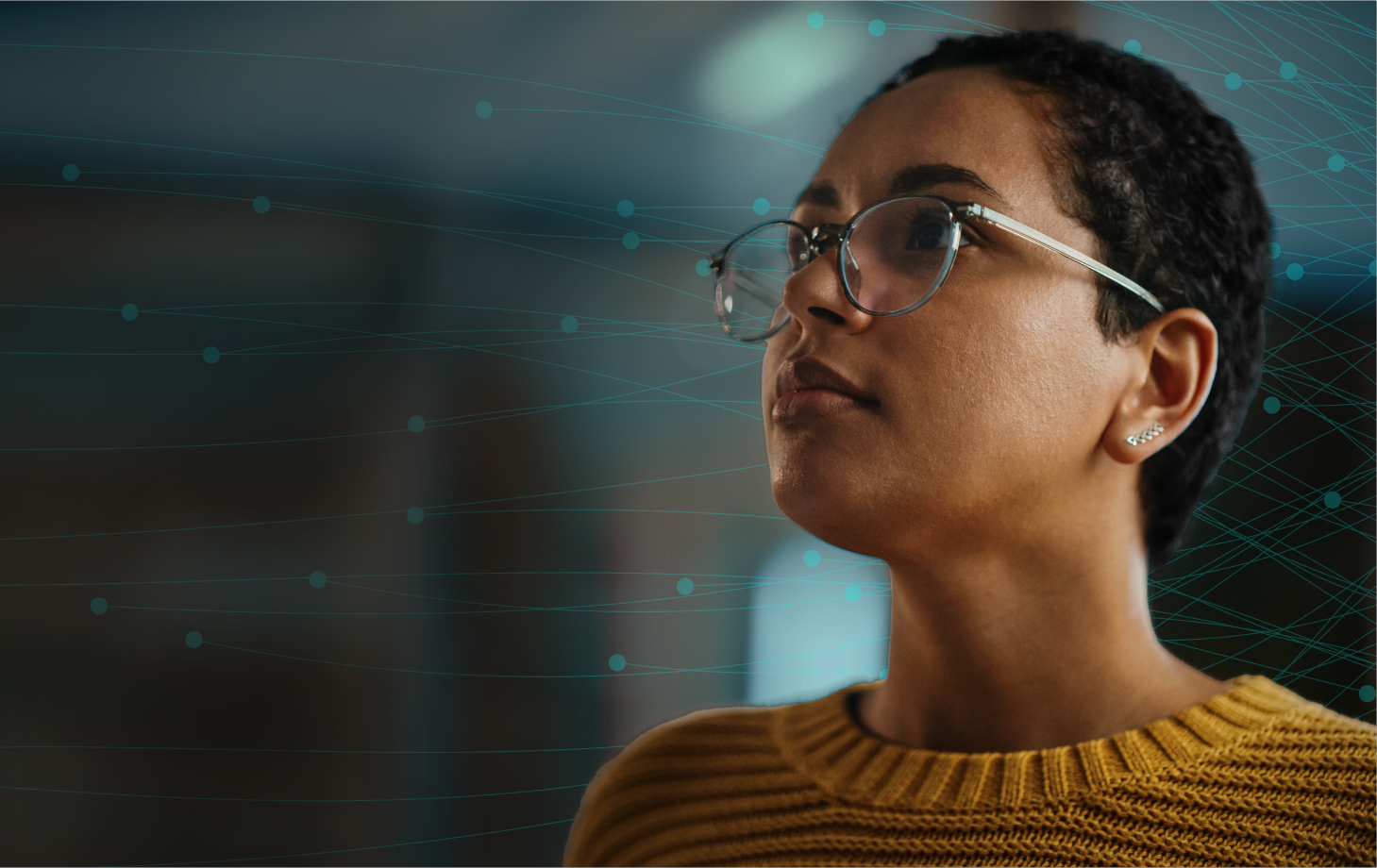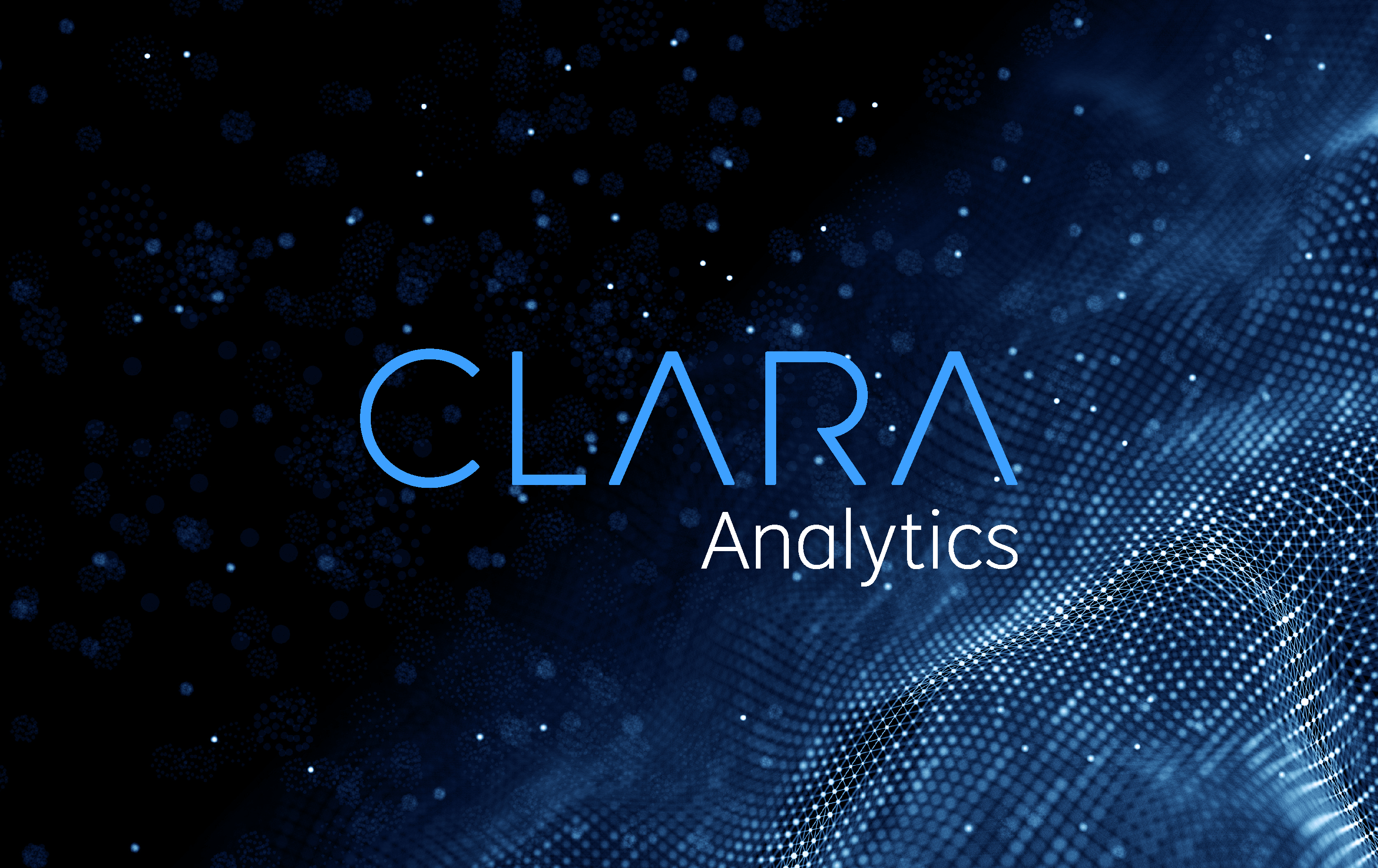Augmented Intelligence is a Second Set of Eyes on Casualty Claims
Claims adjusters make decisions every day—million-dollar decisions that have the potential to change a claimant’s life. If anyone needs a second set of eyes—that helpful colleague with tons of experience and sharp attention to detail—it’s claims adjusters.
Here’s the thing: even two of the best claims adjusters with 60+ years of combined experience probably haven’t seen everything (although they may be pretty close). Every day there are new cases and unseen factors that offer data about the best course for a particular claim.
That’s where augmented intelligence comes in. Augmented intelligence is the result of using technology to make data-informed decisions with the help of artificial intelligence. It is a tool that helps claims adjusters make data-informed decisions to best manage the claim.
Below are a few of the ways AI can serve as that second set of eyes for claims adjusters.
Keep track of claims with alerts and insights
We rely on AI to keep us informed in numerous ways throughout everyday life. Whether it’s an alert about unusual activity on your credit card or your video doorbell letting you know someone picked up a package, AI works in the background to keep us informed. And it can help with insurance claims too, for example:
- Predict the likelihood of attorney involvement
- Alert reserve mismatches
- Flag poor-performing medical providers
When adjusters don’t have to worry about constantly monitoring all the claims on their plate, claims adjusters can apply their expertise to the most urgent tasks. That’s augmented intelligence.
Know which claims to prioritize and take action before they become too costly
AI technology can instantly monitor millions of claims-related data points, looking for clues that might indicate the claim is about to escalate in severity and cost. If it finds something, it can alert adjusters to take prompt action. For example, AI can predict attorney involvement and prompt the adjuster to proactively engage with the claimant based on the bodily injury, jurisdiction and industry type.
By using AI to spot problems before they happen, adjusters are better able to focus on reducing complexity, lowering claim costs, and helping workers return to work faster.
Select the best provider for optimal claim and patient outcomes
Here’s something you won’t find on Healthgrades: how well doctors rate when treating patients involved in insurance claims. AI knows that.
AI can score doctors based on actual outcomes and compare the results to thousands of relevant closed claims. Factors influencing the overall score—including treatment cost and procedure compliance—give adjusters the confidence to optimize care selection.
Identify the best attorney for claims in litigation
Just as a patient needs the right doctor, parties involved in litigation need the right lawyer. No offense to lawyers—but wouldn’t it be easier to avoid litigation completely?
AI can predict both attorney performance and litigation likelihood for claims. It can see the nature of the claim, claimant rapport, and settlement expectations to compute these outcomes, then push timely alerts to keep adjusters informed.
Equipped with detailed risk explanations, adjusters can decide on the proper course of action to prevent attorney involvement—and what to do if the claim escalates to litigation.
Instantly scan and analyze claim documents and medical records
Claims managers have to grapple with a mountain of details, making it virtually impossible to keep tabs on every bit of new information that comes along. Reviewing medical records is time-consuming, and extracting key insights is cumbersome. As a result, significant claims events can go unnoticed before it’s too late.
AI combs through case records and applies advanced algorithms to discern the most relevant information. It then compiles case summaries for adjusters and NCMs, empowering these claims professionals to come up to speed very rapidly on each case.
AI helps you see the big picture
Using AI to manage casualty claims outcomes is like having a second set of eyes on all of your claims. While claims adjusters focus on the most pressing and complex claims, AI is working in the background to study, verify, and interpret vast amounts of claims data.
When claims adjusters harness the power of artificial intelligence and combine it with their claims expertise, they’re using augmented intelligence to deliver optimal claims outcomes.




